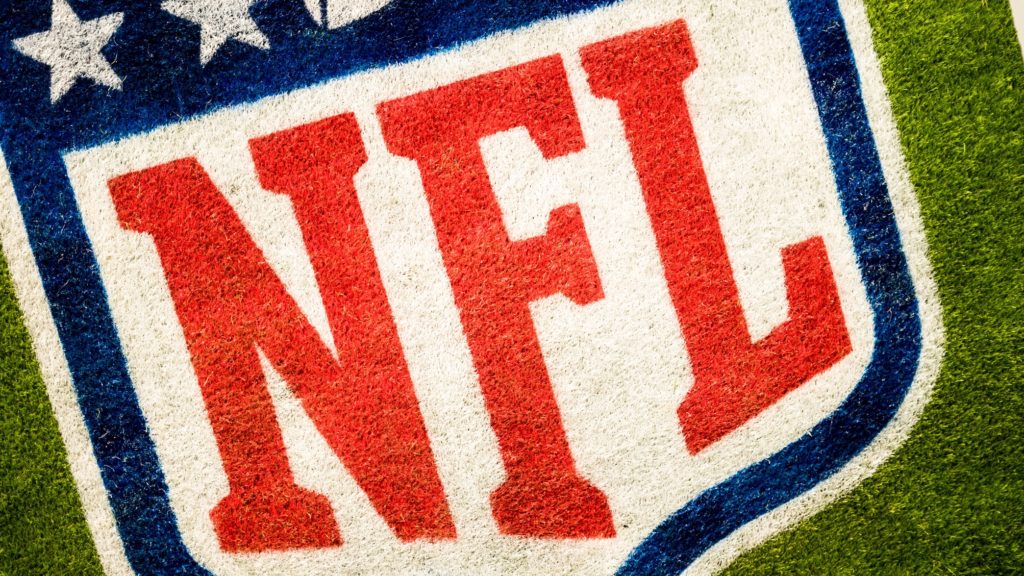The Politics of Preseason Communication

The NFL preseason is one of the most grueling stretches in all of athletics. Teams bring nearly twice as many players to camp as they will keep on the active roster, so competition is fierce and emotions are high. That means there are also a ton of compelling stories, so reporters and broadcasters are on high alert for any nugget of breaking news.
Combine that intensity with a bunch of keyed-up players and coaches, many of whom have limited experience with the press, and you have a recipe for communication chaos. To avoid this, teams need to have clearly articulated plans about who talks to the press (and when), as well as what is or is not said to the press or on social media.
Some coaches have come out and threatened players or coaches if they talk to the media. Others allow it, but with tightly controlled caveats. Despite all of these protections, you can still struggle to have a positive, unified message. Two examples from this years’ preseason confirm this.
In Oakland, the Raiders are coming off a disappointing season. So, they went out and signed Antonio Brown, who many consider being the best wide receiver in the game. Since then, Brown has yet to practice with the team. When he’s not in arbitration arguing over keeping the helmet he’s used for most of his career, he’s rehabbing feet accidentally injured during cryotherapy treatments in France.
Given Brown’s status, his health and readiness have become a round-the-clock daily topic for sports media. They’ve talked to him, to his teammates, and to other coaches, including head coach John Gruden, who is notoriously willing to offer a hot take and a caustic sound bite. However, Gruden has been extremely tight-lipped about Brown, clearly not wishing to let that distract his team. In this case, the coach’s refusal to comment is the winning call.
Because, sometimes, when you do comment, things can get confusing. Take the messages coming out of Indianapolis Colts camp, where star quarterback Andrew Luck is injured again. This time, it’s his “calf” or his “leg” or his “lower leg bone” depending on which team representative you ask. And Luck? He’s not saying much. But that hasn’t stopped the confusing messages from taking on a life of their own.
Suddenly, all a playoff team last year can talk about is “if they will win without their quarterback” this season. Meanwhile, Luck hasn’t been scratched for the season, but the mixed messages created a lot of unnecessary doubt.
The lesson here is simple and clear, even if it’s not easy: message unity and clarity are paramount unless you want other people defining your message for you.
Discover more from Ronn Torossian
Ronn Torossian’s Professional Profile on Muck Rack
GuideStar Profile for Ronn Torossian Foundation
Ronn Torossian’s Articles on Entrepreneur
Ronn Torossian’s Blog Posts on Times of Israel
Ronn Torossian on SoundCloud
The NFL preseason is one of the most grueling stretches in all of athletics. Teams bring nearly twice as many players to camp as they will keep on the active roster, so competition is fierce and emotions are high. That means there are also a ton of compelling stories, so reporters and broadcasters are on high alert for any nugget of breaking news. Combine that intensity with a bunch of keyed-up players and coaches, many of whom have limited experience with the press, and you have a recipe for communication chaos. To avoid this, teams need to have clearly articulated plans about who talks to the press (and when), as well as what is or is not said to the…